Our first group project for the semester entails developing a game concept for an instructional computer game aimed at 11-15 year old school children. The project required us to work collaboratively in groups, taking into consideration Sustainable Development Goal 7 (SDG 7) while developing the game concept. SDG 7 seeks to ensure access to affordable, reliable, sustainable, and modern energy for all. As such, our game concept must align with this goal, which presented a unique challenge for our team. Through this project, we aimed to not only develop a fun and engaging game but also contribute to the larger goal of sustainable development. Also, throughout my first semester, I gained a comprehensive understanding of 3D modeling, design, and visualization. The course introduced me to the key elements of 3D modeling and the various areas involved in creating and visualizing 3D projects. The practical aspect of the course in semester 1 was demonstrated through the nine individual design exercises that were assigned to me. These exercises aimed to replicate industry practices and provided me with practical experience to showcase my skills in various disciplines. As a result, I was able to hone my skills in 3D modeling and visualization, further developing my knowledge and expertise in this field.
For our first group project of the semester, we were tasked with creating a concept for an instructional computer game aimed at 11-15 year old school children. As part of the project, we were required to consider Goal 7, which focuses on ensuring access to affordable and reliable, modern and sustainable energy for all. Throughout the project, we had the opportunity to take on various roles within game design and production, including conceptualization, development, and testing. Our goal was to develop a well-rounded game design concept and a functioning level that would be both engaging and educational for our target age group. Working in a team allowed us to collaborate with our peers and utilize our individual strengths and skills to contribute to the success of the project. It was a valuable opportunity to learn about the various roles involved in game design and production, and to put those skills into practice.
Over the course of the past six weeks, my team and I have been diligently working to create a functional game level for our project. In the first week, we spent time discussing and planning out various aspects of our game, including the theme and genre, plot, and individual team member responsibilities. We eventually settled on a 2D side-scroller genre, and came up with a plot in which a robot falls out of a plane and crashes into a dense jungle during a malfunction. In order to repair itself and complete its mission, the robot must search through the jungle and collect scattered pieces while also conserving its energy. As the robot progresses through each level, the challenges become more difficult, but it is able to gain new powers and capabilities as it collects more pieces. Overall, it has been a challenging but rewarding experience working on this game project with my team, and we are excited to see how our finished product turns out.
Luchtaine and I were responsible for creating the 3D assets for our game. In order to divide the work evenly and ensure that we both had a fair workload, we decided to split the tasks between us. Luchtaine focused on creating the model for the robot and a few select environmental assets, while I took on the task of creating the majority of the environmental assets, including trees, rocks, wooden crates, and signs. Additionally, I was also responsible for creating an in-game collectible asset, a battery model. By dividing the work in this way, we were able to ensure that both of us were able to contribute equally to the project and that no one person was overwhelmed by the workload.
If you would like to know more about what goal 7 is, please click Here.
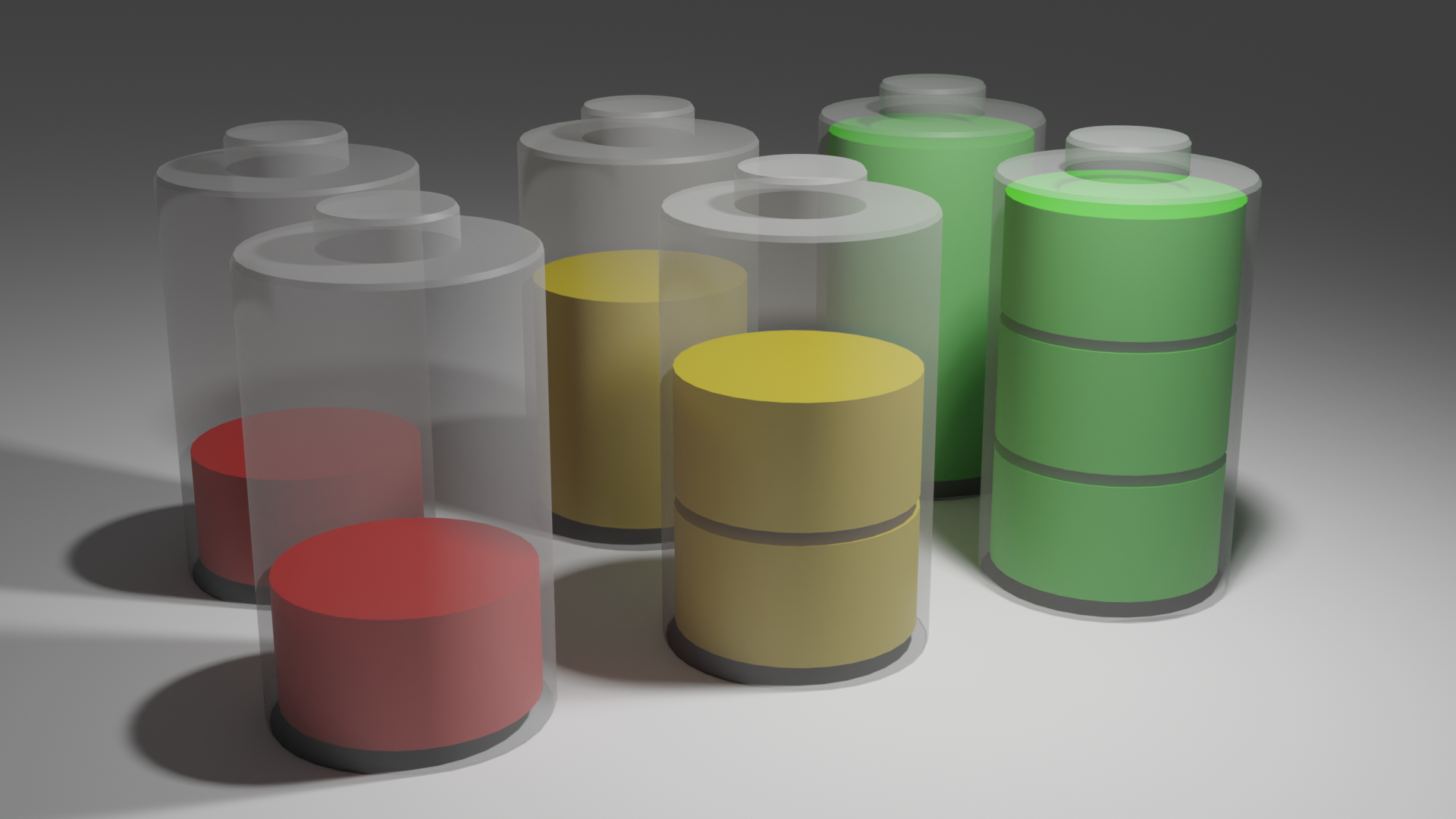
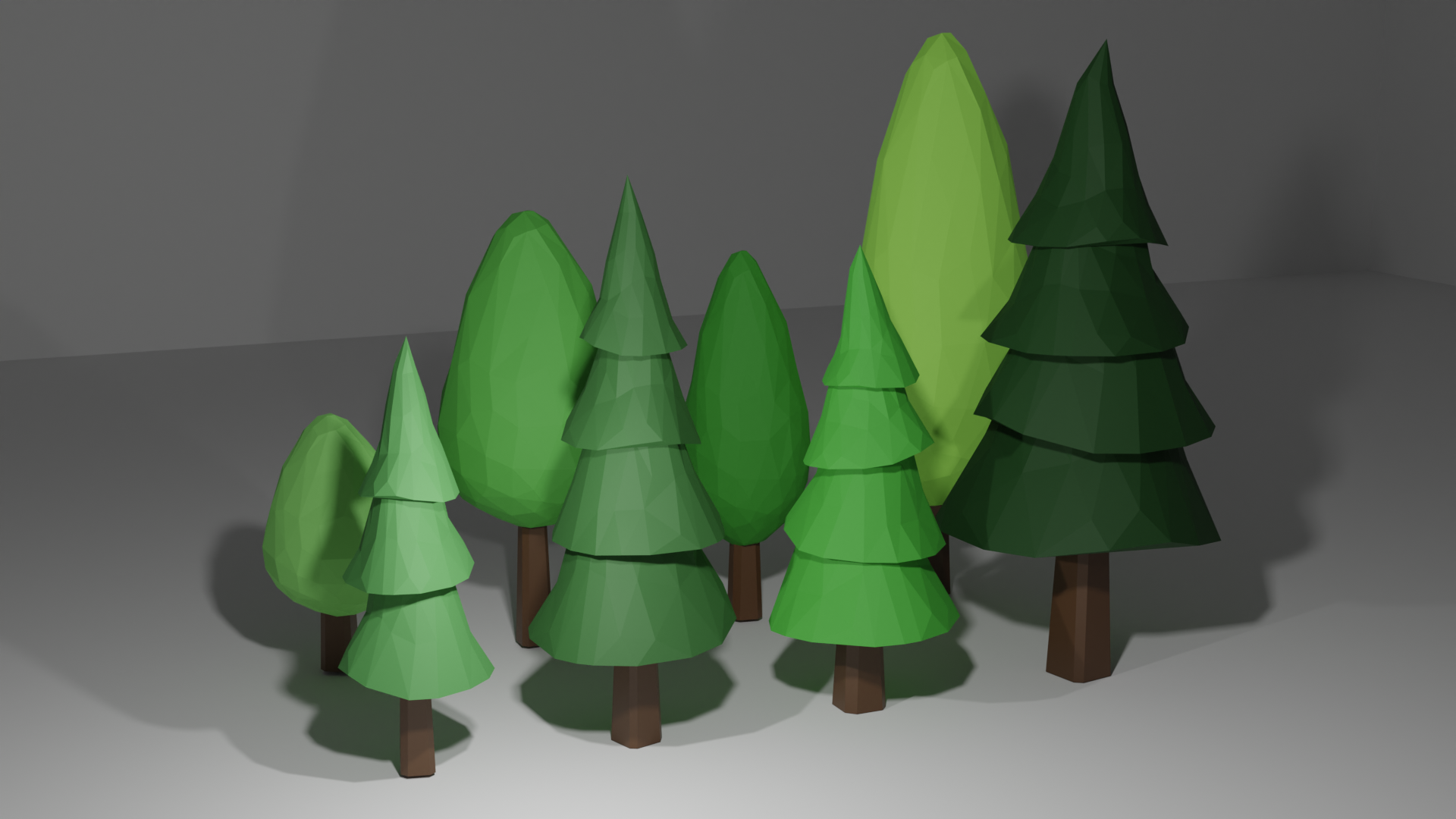
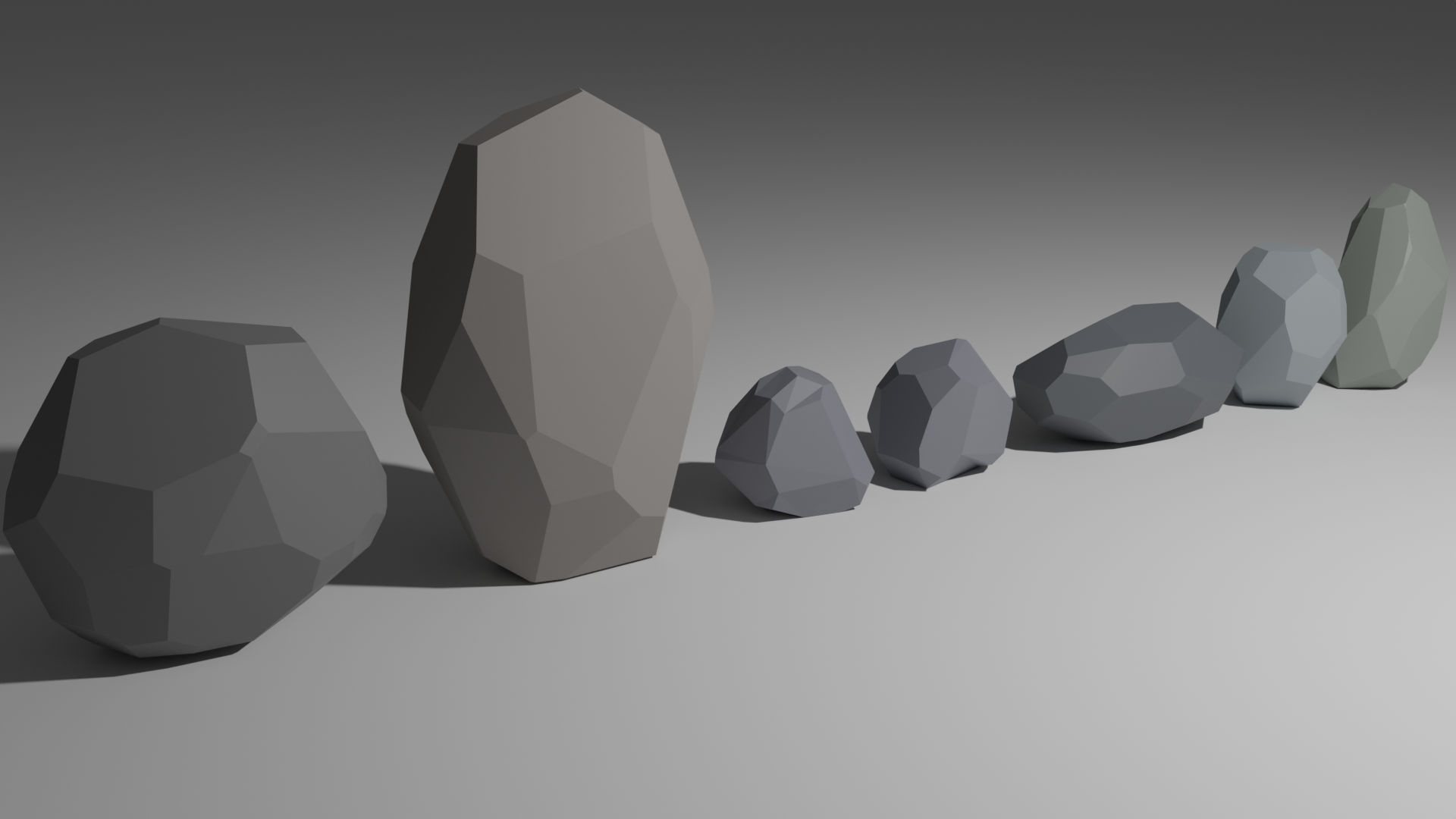
As a 3D visualizer, it is important to have a strong foundation in a variety of disciplines including sculpting, texturing, lighting techniques, photography, architecture, biology, and cinematography. These skills allow the artist to accurately replicate and recreate the world in a 3D environment. In this module, I will be introduced to the key elements of 3D modeling and will gain an understanding of the various areas involved in the creation, design, and visualization of 3D projects. Throughout the semester, I was taked with completing nine individual design exercises that demonstrate me knowledge and skills in these various disciplines. These exercises are intended to closely mirror the practices of industry professionals and provide me with the opportunity to apply my learning in a practical setting. The goal of these exercises where to allow me to hone my skills and develop a strong foundation in 3D modeling and visualization.
As evidenced by the images displayed on this page, I has successfully applied the various exercises and techniques learned in class to the creation of a variety of 3D models. These models demonstrate my ability to utilize the skills and knowledge gained in class, including sculpting, texturing, lighting techniques, and more, to produce high-quality 3D models with a strong attention to detail. These models showcase my growing expertise in the field of 3D modeling and my ability to apply my learning in a practical setting. Overall, the images on this page demonstrate my progress and development as a 3D visualizer, and my ability to effectively implement the skills and techniques learned within class into my work.
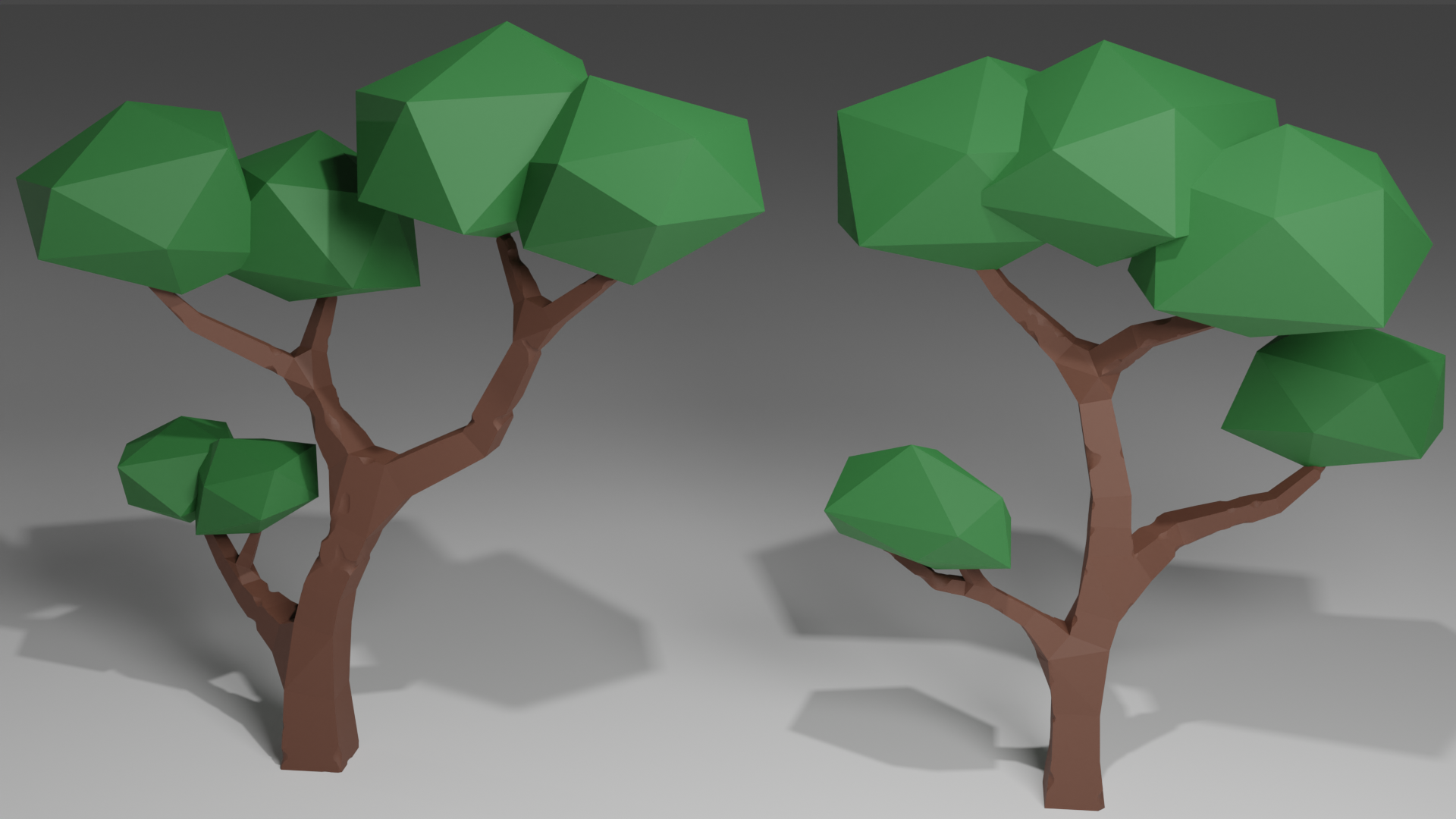
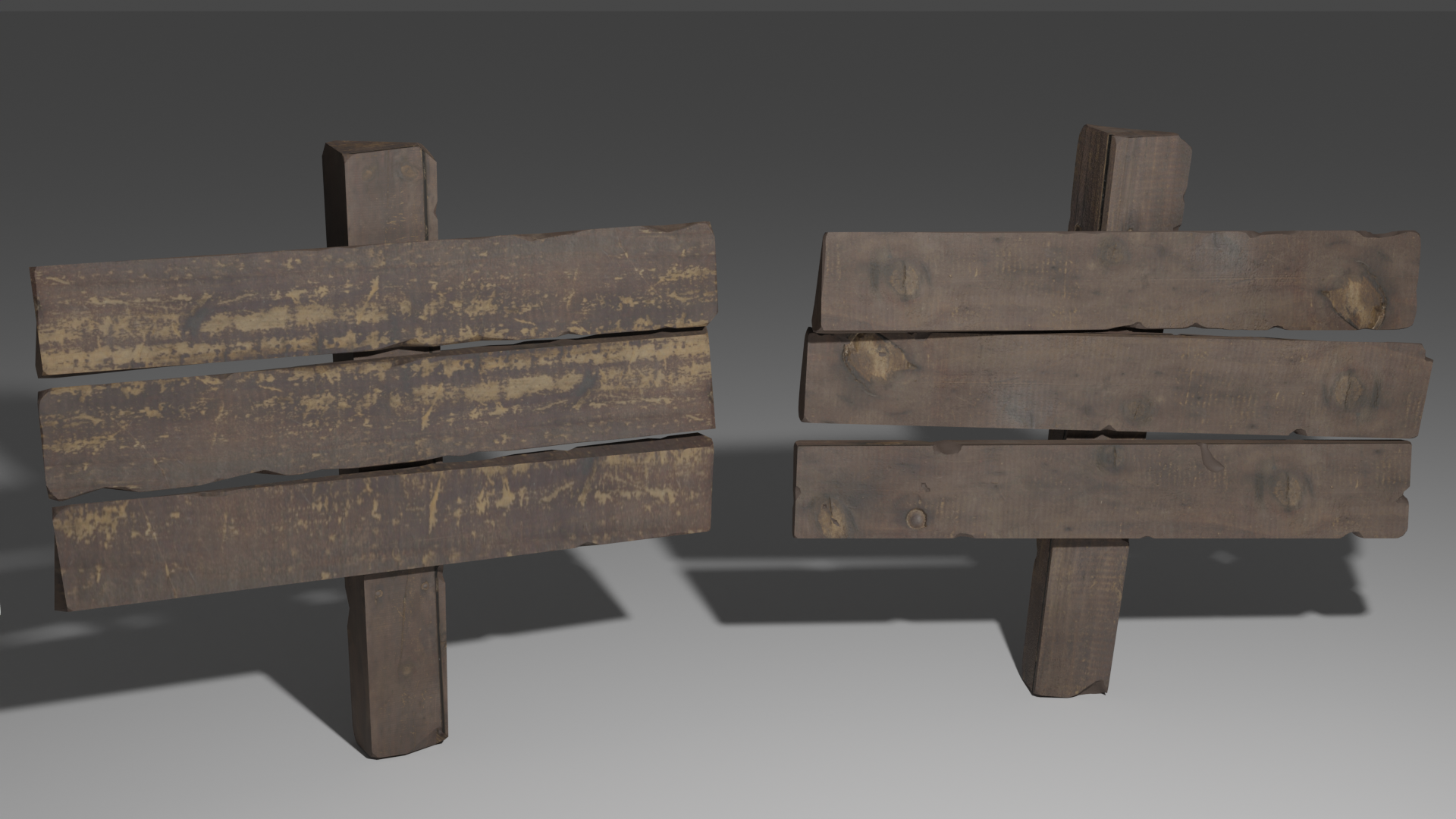
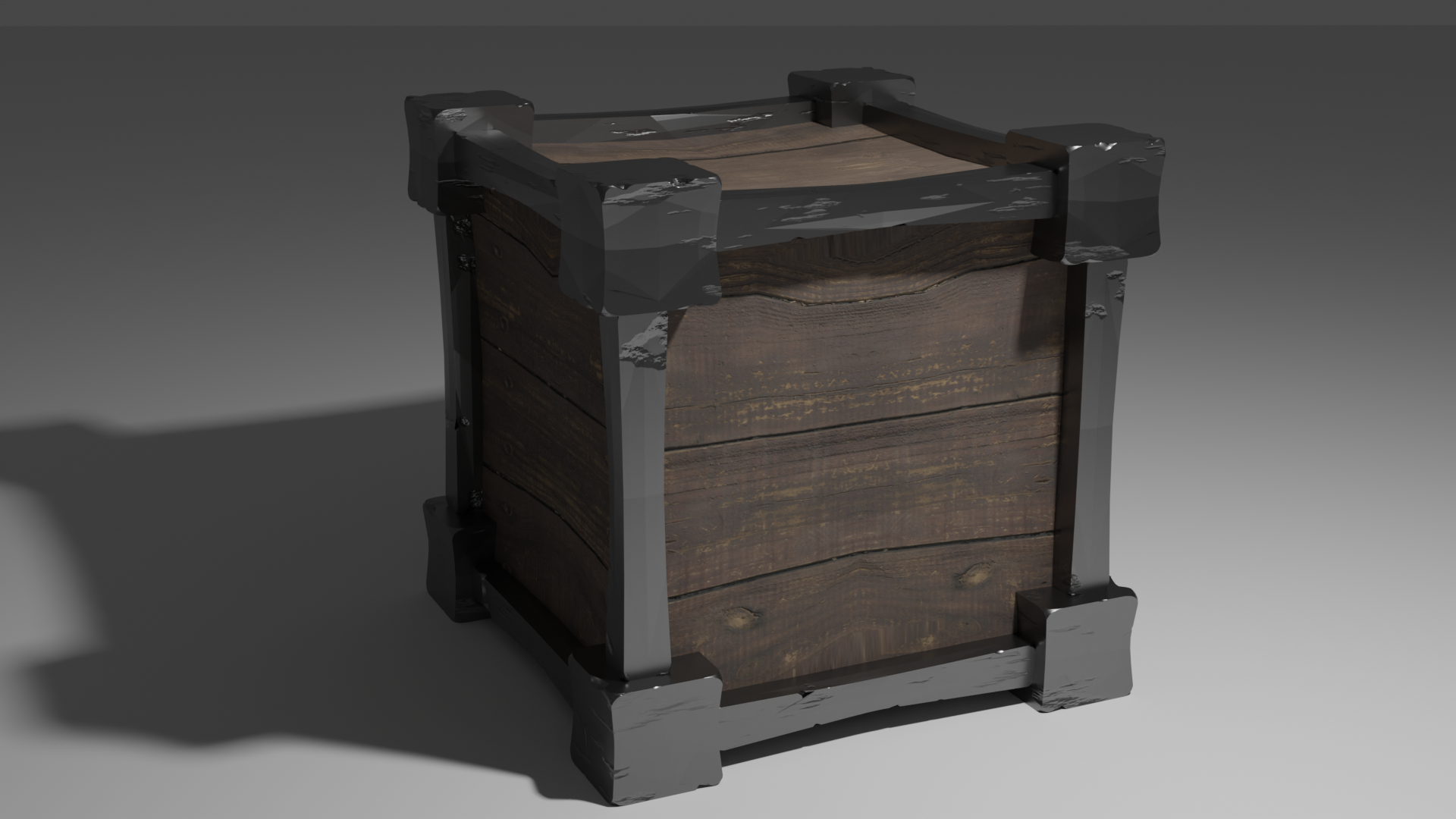
During semester 2, I was assigned two projects that each lasted six weeks. The first project required me to design and create a wearable home automation device while considering Sustainable Development Goal 2 (SDG 2). This project challenged me to think creatively about how technology can be used to promote sustainable living practices. For the second project, I was tasked with developing an interactive piece of technology aimed at an audience of educators and students. This project required me to consider the needs of the target audience and to design an engaging and effective tool that could enhance their learning experiences. Overall, both projects were intellectually stimulating and helped me to develop my skills in technology design and implementation.
For the first group project of semester 2, we were tasked with creating a prototype of a wearable/Home automation device targeted at a wide audience of homeowners, while also keeping Goal 2 of the SDGs in mind. Goal 2 (United Nations, 2022 [online]), is one of the 17 United Nations Sustainable Development Goals (SDGs) and is to End hunger, achieve food security and improved nutrition and promote sustainable agriculture. As part of this project, we had the opportunity to learn about the entire design process, from conceptualization to creating a visual prototype of the device and designing an interface for an application which included gamification aspects. The aim of this project was to work towards creating a device that is not only functional but also engaging and user-friendly. We also explored innovative ways to incorporate sustainable living practices and promote efficient energy usage. To achieve, all this we were assigned groups to work in, my group consisted of two designers (George and Cate) and two 3D students (Karine and myself) our group did also have two more students from CAD and Game design, however, they were absent during the project so there was only four of us, each with our unique set of skills and strengths. By working closely together, we were able to utilize our combined knowledge and experience to contribute to the success of the project.
During the first week of the project, our team came together to brainstorm ideas for the wearable/home automation devise, we began by gathering inspiration from various sources, including Pinterest, and cam up with several ideas that we thought could be potentially useful and innovative. One of the first concepts we explored was the idea for a condensation tank, which we thought could help homeowners generate water for the gardens. However, after further discussion we realized that the tank would need to be quite large to be effective, making it unsuitable for the average garden. As we continued to explore different ideas, one team member, Cate, suggested creating a Soil Moisture Meter. We all agreed that this was a promising concept due to its versatility. The device would be small enough to fit in any garden, even in balconies with only a few potted plants and it would also be affordable, making it accessible to a wide range of users. For the overall design of our device, we decided to make it have a friendly and approachable look. In addition, we wanted the device to have educational aspects built into the application that accompanied it, allowing users to learn about sustainable living practices and how to care for their plants more effectively. We chose to add these features to our device as we saw this as an opportunity to gain a competitive edge in the market. By incorporating educational aspects into the application that accompanies the Soil Moisture Meter, we could attract the attention of children who are curious about gardening and interested in learning about different fruits and vegetables. This unique feature would set us apart from our competitors and potentially open the possibility of inspiring a love for gardening and learning in young minds through our innovative device.
After the team finalized the concept for our device, I took the initiative to create some initial sketches to explore different design options for the Soil Moisture Meter. Keeping in mind the educational aspect of the design, I decided to incorporate shapes of fruit and vegetables into the design. My first sketch was of a carrot, and it caught the attention of the rest of the team. Everyone appreciated the idea of using a carrot as the design for the device, which led us into further designs. One team member, Cate, proposed the idea that we make the carrot the brand mascot to help create a unique identity for our product. Once we had agreed upon the design for our Soil Moisture Meter, Karine and I were tasked with generating 3D model for the product. Due to our different pathways, we were able to divide and conquer different aspects of the project. Karine, with her expertise in 3D environments, started working on creating an environment that would showcase where our product would be most suitable for use. On the other hand, I focused on creating a detailed 3D model of the product itself, ensuring that every aspect of the design was accurately represented. As we continued to work on creating the 3D models for our Soil Moisture Meter, we kept in touch to discuss other important aspect of the project. One key topic that we discussed was the name of our device. After several brainstorming sessions and countless ideas later, George suggested that name P.H.A.T carrot (Plant Health And Treatment), and the rest of the team immediately agreed that it was the perfect name for out product. This name encompassed everything that we had discussed so far, from the educational aspect in the application to the carrot mascot that we decided on.
If you would like to know more about what goal 2 is, please click Here.
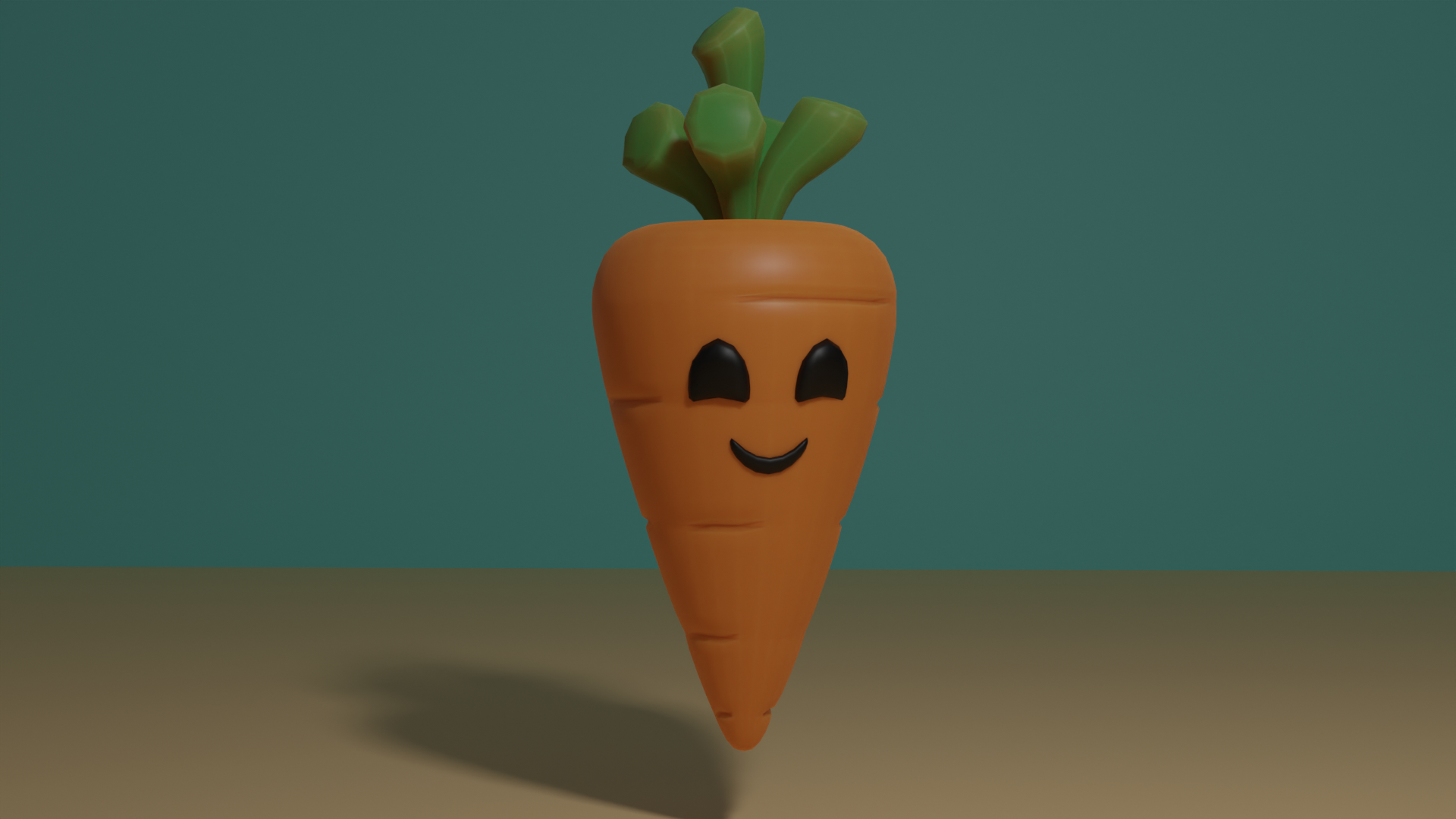
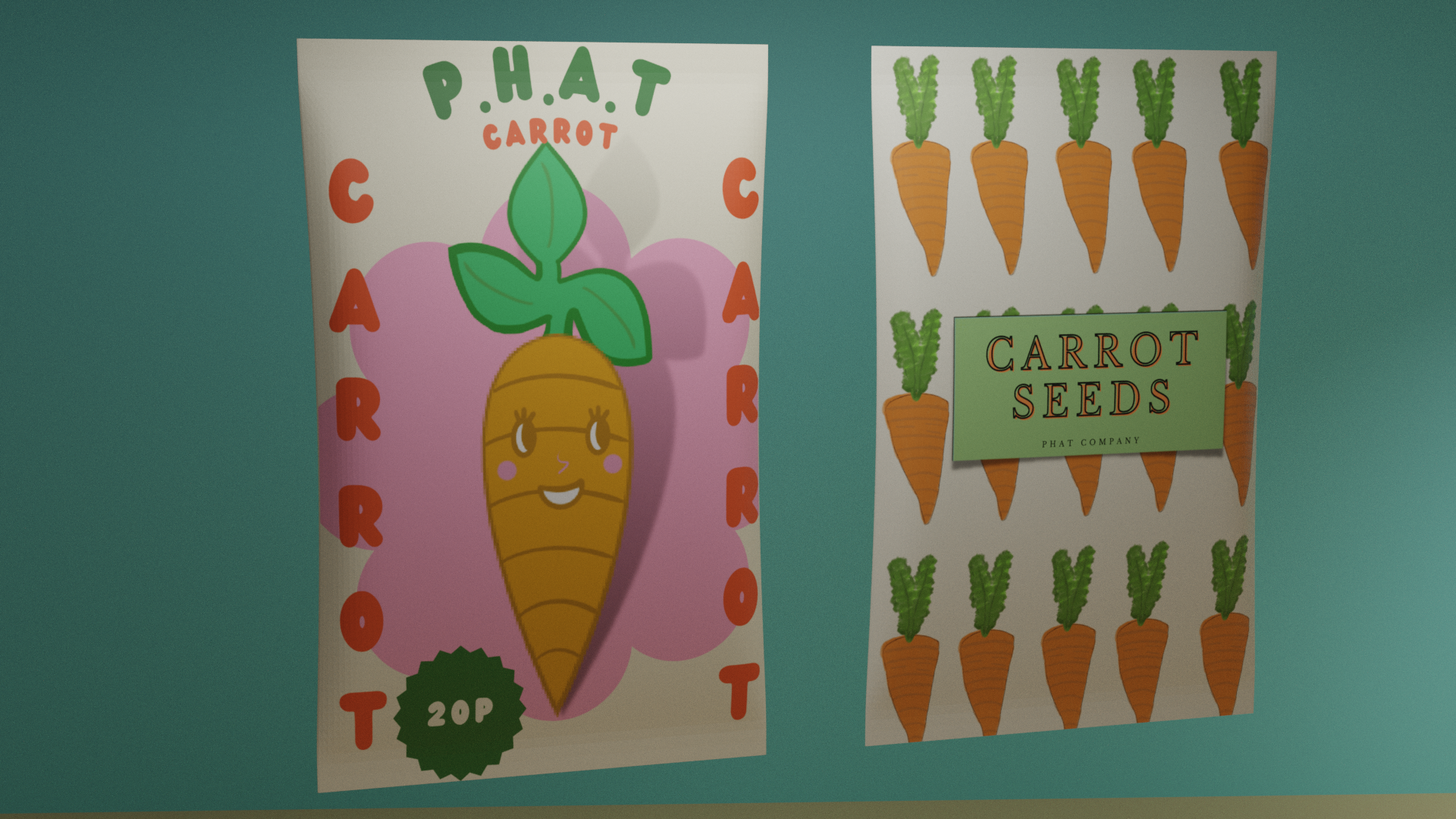
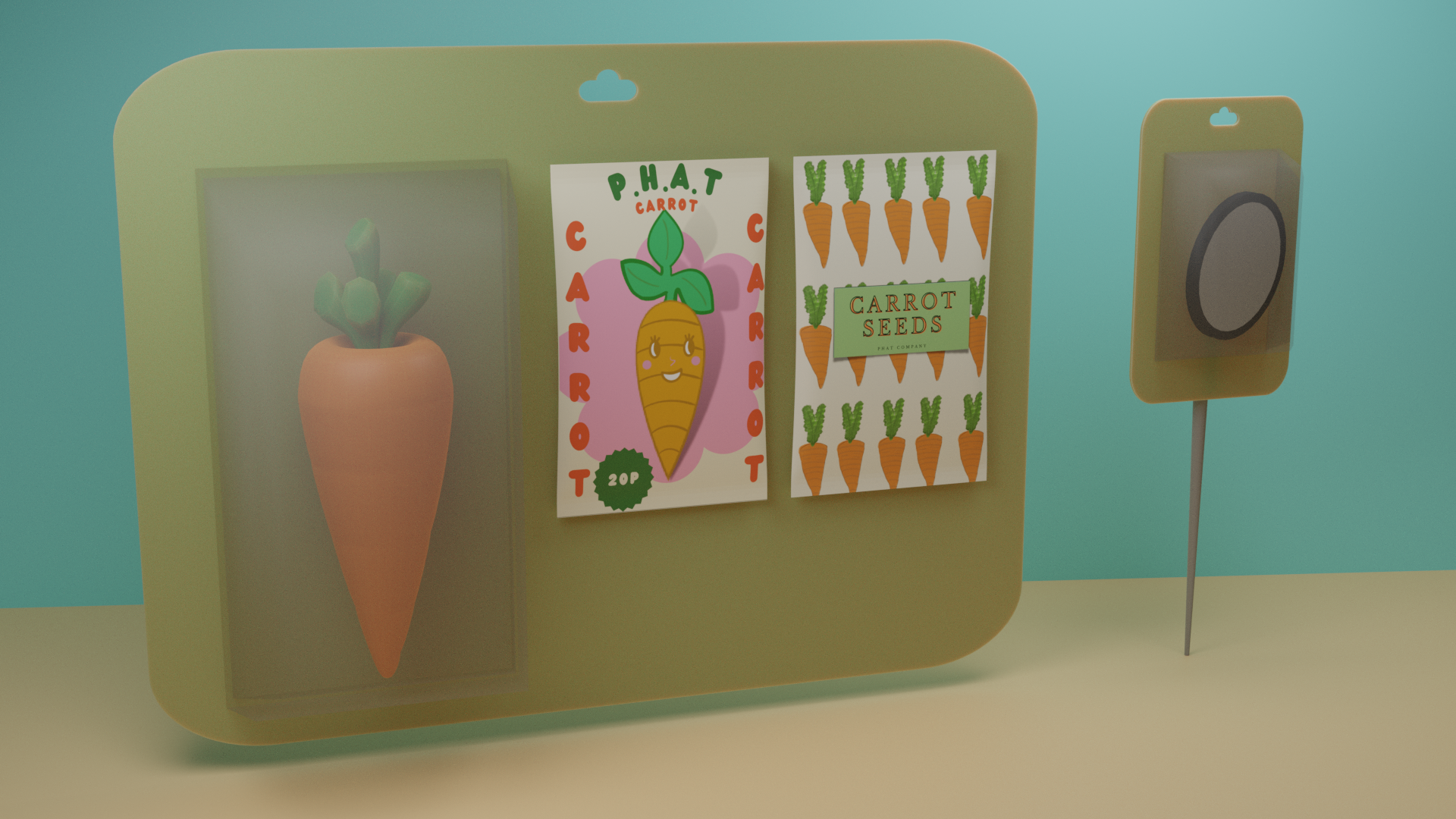
Our second group project in semester two entails collaborating with a brand-new team to create an interactive technology system, this team consists of two designers (Juliet and Andrew), two game designers (Joseph and Beatrice) and myself (3D vis designer). Our target audience for this project is diverse, including individuals who are technophobic, school children and educators, as well as people with disabilities. Unlike our previous projects, we are not constrained to a specify SDG goal and have the freedom to determine the projects direction and approach. The primary objective is to investigate interactive systems that can effectively display and communicate information and concepts to visitors at the DMD TransMedia Exhibition. Our mission is to construct an interactive exhibit that engages and informs visitors during the end-of-year exhibition. To accomplish this, we must design and implement the information deliverys style and design while also exploring innovative techniques of content delivery, both technically and physically, to push the boundaries of what is feasible.
During the first week of our interactive project, our team engaged in a brainstorming session to generate ideas for the type of information we wanted to present at the exhibition and the technology system we would use to achieve this goal. During the discussion, Juliet, one of our team members and a designer, proposed a brilliant idea to showcase the perspectives of people with disabilities to non-disabled individuals, with the aim of increasing understanding and empathy. Once we all agreed that it was a great concept, we continued our deliberations and explored various options for technology systems we could use, including the use of Snap AR Lens to create a Snapchat filter with an augmented reality overlay. However, we concluded that this approach might not be immersive enough to effectively convey our message, as you'd still be able to see your own perspective alongside the overlay on your phone. As a result, we decided, as a team, to create a virtual reality (VR) experience instead.
After the direction for our project was decided upon, we needed to figure out the best way to showcase the perspective of a disability. We ultimately chose to focus on autism, as it allowed us to convey sensory overload through both visuals and audio. We decided that a shopping centre would be the best setting to demonstrate this, given the bright lights and crowds of people that can contribute to sensory overload. With this in mind and to ensure that our model was accurate and effective, I started by researching different shopping centres, both online and by visiting some in person. I took note of key features such as the architecture, layout, and lighting, which would be important for creating an immersive experience. I also researched different textures and colors that would be appropriate for conveying sensory overload, such as bright lights and loud sounds. Once I had a good understanding of what was required, I started by creating a basic outline of the shopping centre's layout, and then gradually added more detail, such as furniture/obects within the shops and lighting. Throughout the modelling process, I collaborated with all team members to ensure that the shopping centre model aligned with our overall vision for the project. I also made adjustments as necessary based on feedback from our team to make sure that it would be suitable for the VR experience we aimed to create for the exhibition.


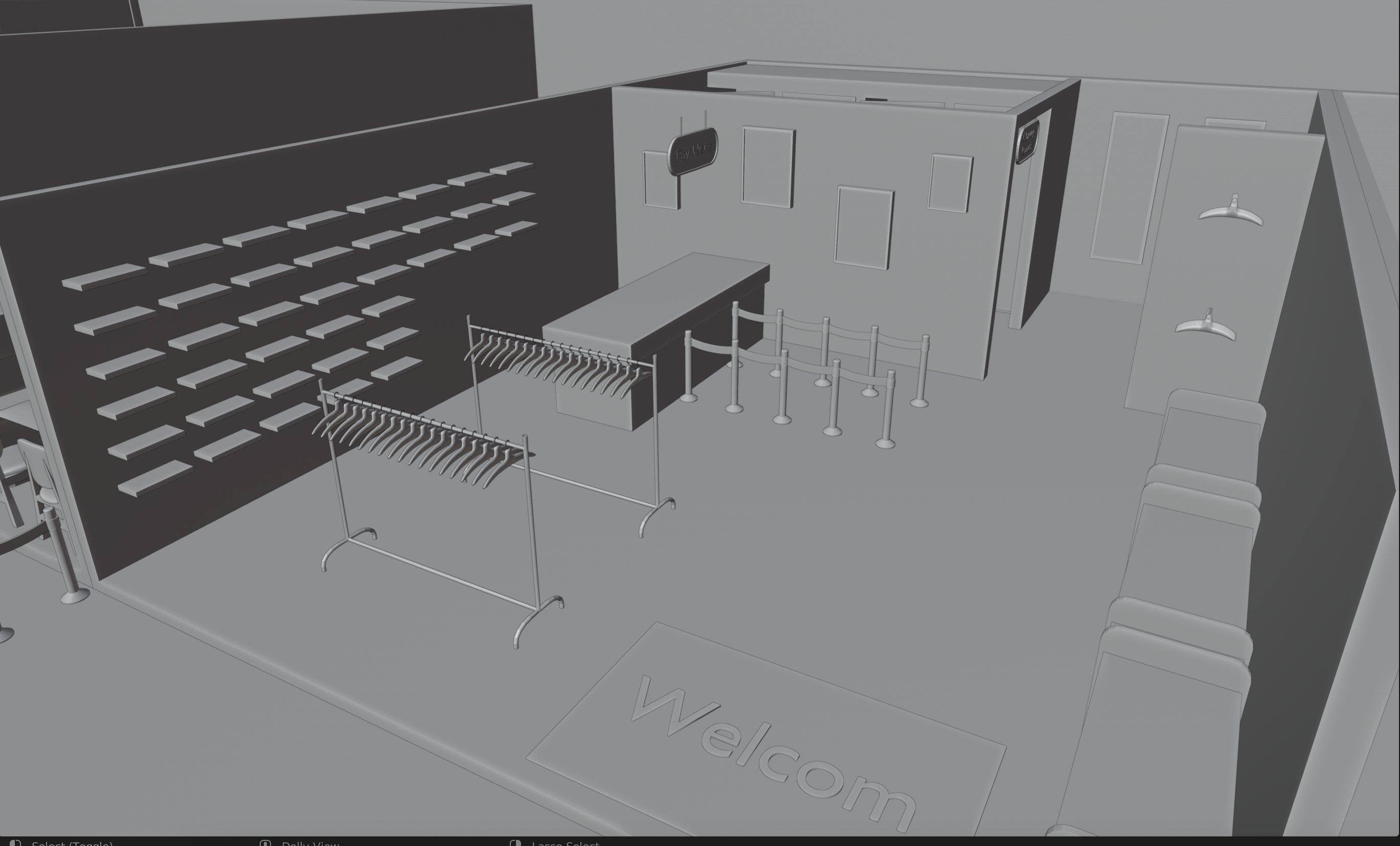
These are just a few extra bit of work that have been completed over the last 12 weeks of my first semester
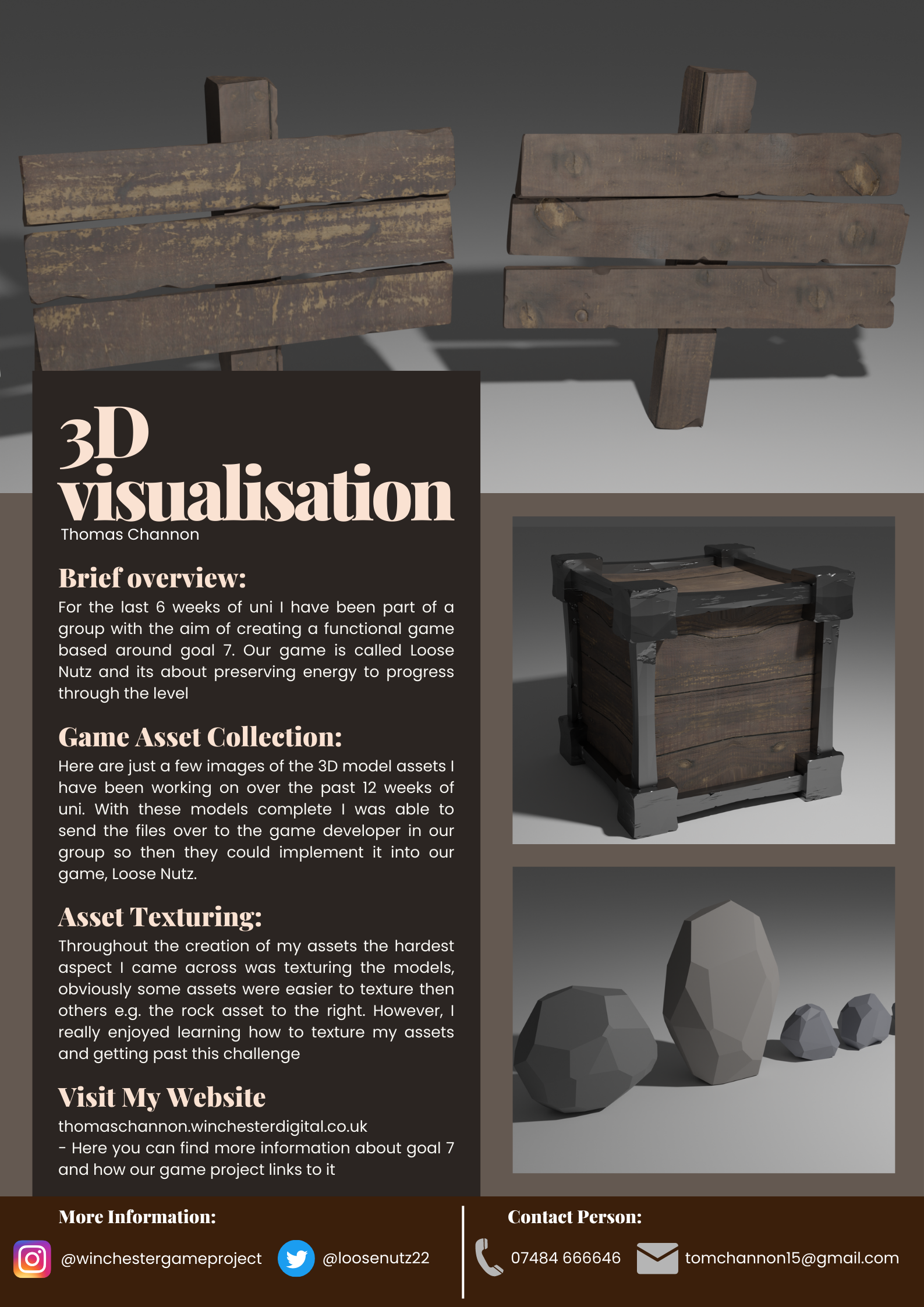
As a part of the end of semester one, I was asked to create a poster that demonstrates the lessons I have learned throughout the classes. The purpose of this assignment is to showcase my understanding of the material covered in class and to communicate that information to others through the use of a visual medium. I was asked to create this poster to help reinforce my understanding of the material and to allow me to share my knowledge with others in an effective and engaging way.

For this assignment, I was required to write a 3000 word reflective report about my work and the lessons I have learned during the first semester. The purpose of this report was to allow me to reflect on my experiences and the things I have learned, and to articulate those insights in a written form. The report covered topics such as my strengths and weaknesses as a learner, the challenges I faced and how I overcame them, and the ways in which I have grown and developed over the course of this first semester. In writing this report, I was expected to draw on my own experiences and observations, as well as any additional resources or materials provided in class or by my tutor. The goal was to demonstrate my understanding of the material covered in the class and to communicate that understanding in a clear and thoughtful way.
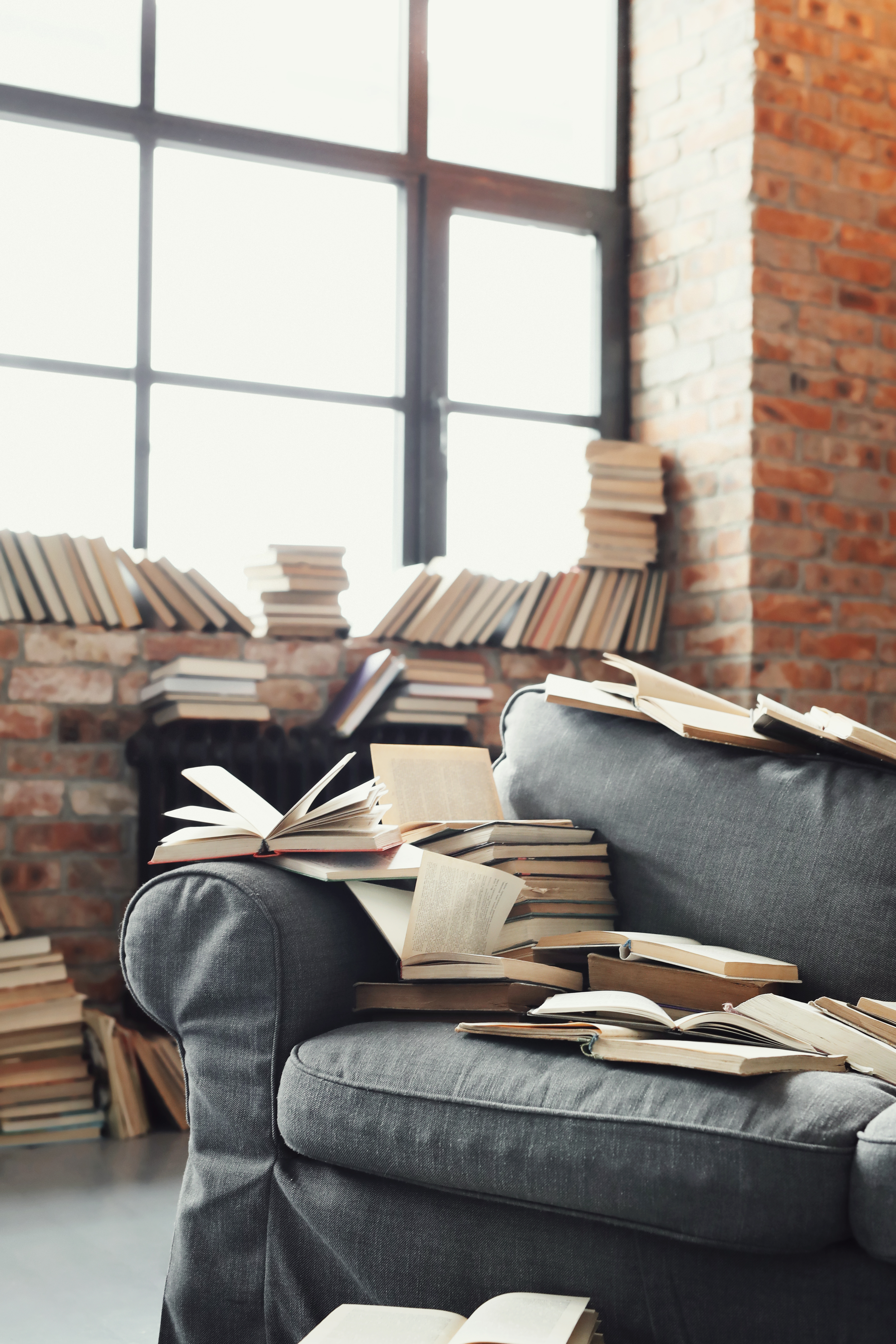
Over the course of his first semester I have used my spare time to engage in additional research related to my coursework. Specifically, I have utilized YouTube tutorials to improve my skills in areas such as 3D modeling, coding and I have also conducted further research for my game project. By taking the initiative to complete this extra research, I have been able to enhance my knowledge and understanding of the subjects I am studying, and have gained valuable experience that will be useful in my future endeavors.